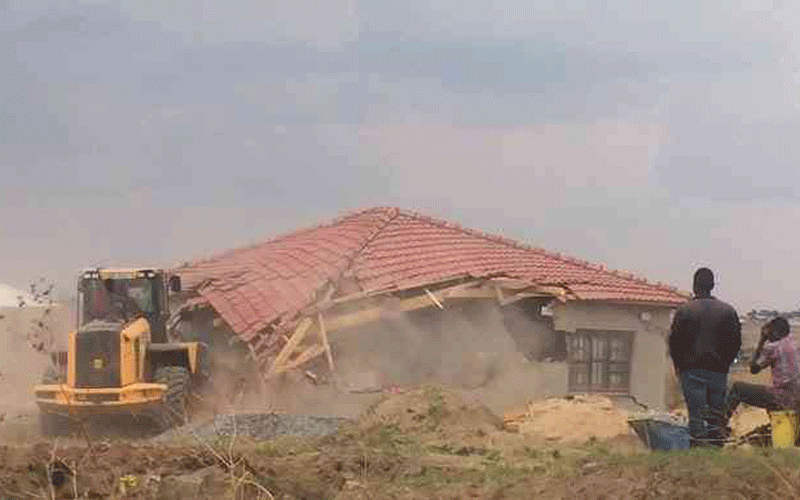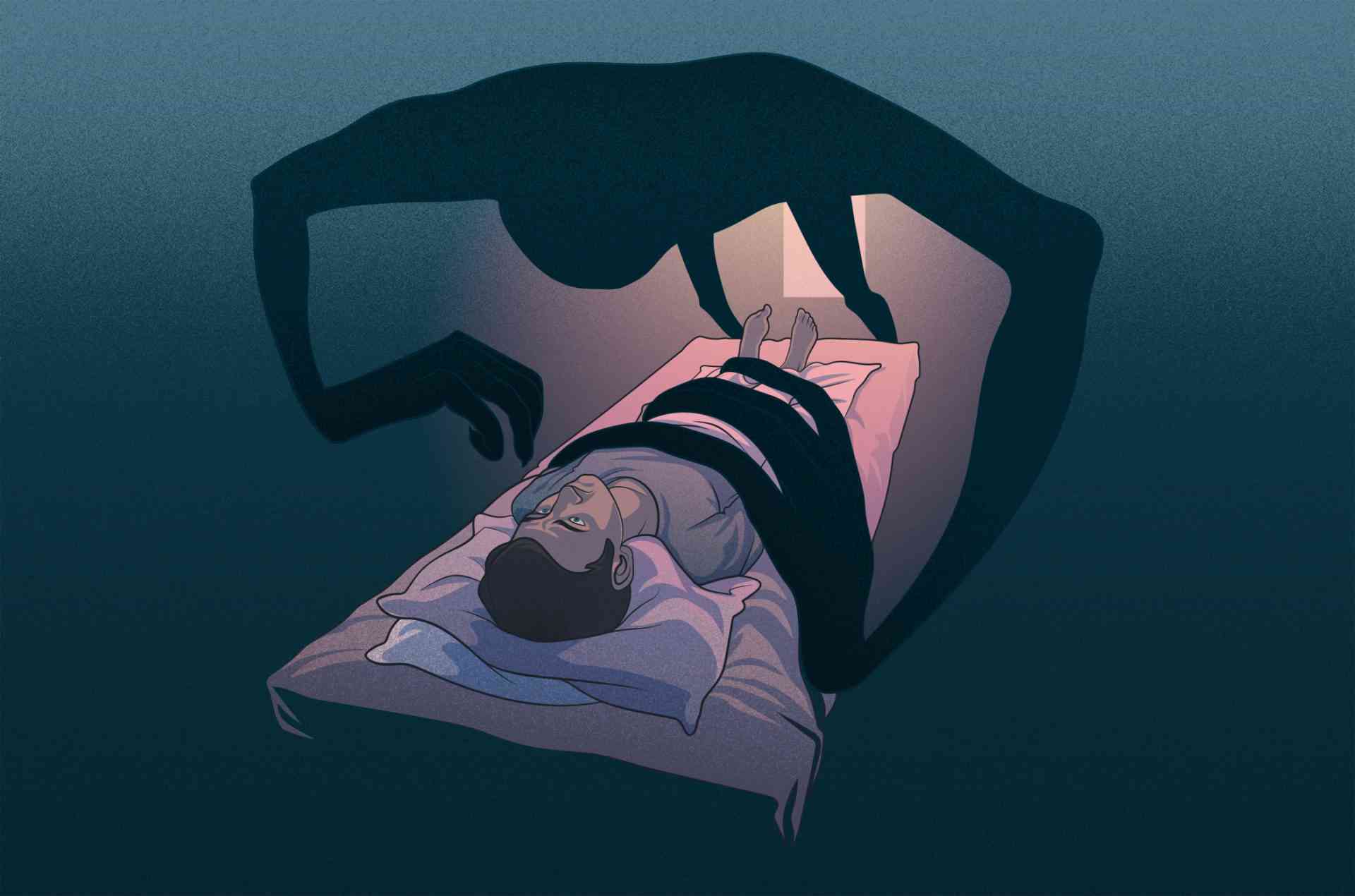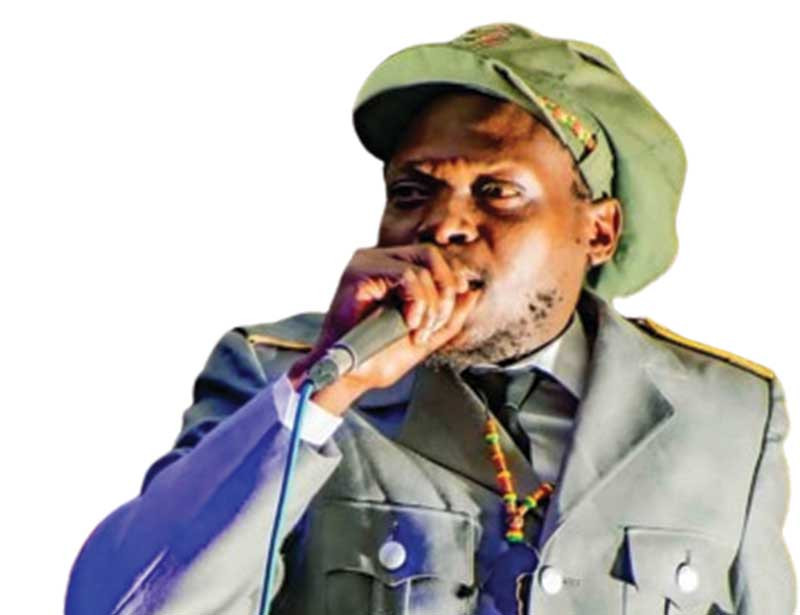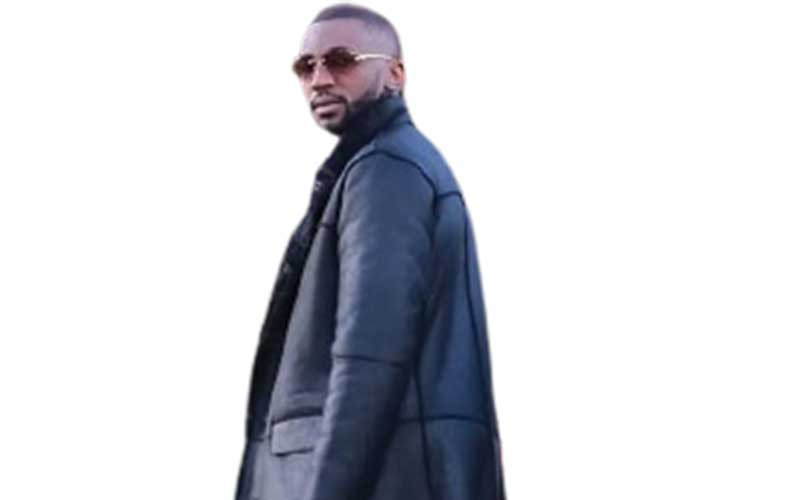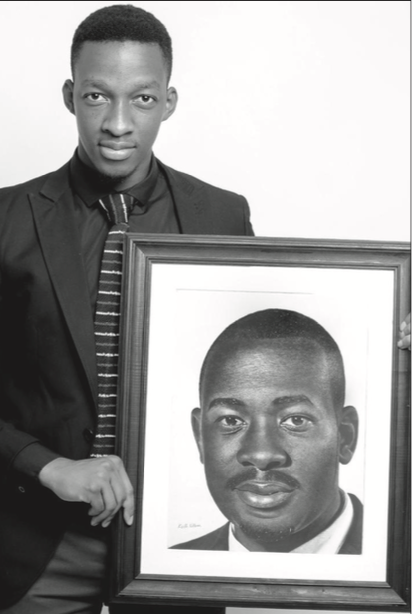
Style interview BY Kennedy Nyavaya
Artiste Keith Ndlovu believes everyone possesses “some ability in all things” and thus one should not be hesitant to pursue anything that tickles their fancy.
Ndlovu has mastered the skill of juggling between taxing studies in medicine and a burning passion to illustrating real-life images using pencil and paper.


The self-taught pencil artist focuses on photorealistic art and has attracted more attention in recent days after posting some portraits of several celebrities on his online platforms.
On the medical front, the 23- year-old Hwange-bred artist is proving just as competent as the president of the Zimbabwe Medical Students’ Association, among other responsibilities.
Standard Style reporter Kennedy Nyavaya (SS) recently caught up with Ndlovu (KN), who opened up on how his hobby and means of coping with medical school stress eventually turned into a source of income.
- Chamisa under fire over US$120K donation
- Mavhunga puts DeMbare into Chibuku quarterfinals
- Pension funds bet on Cabora Bassa oilfields
- Councils defy govt fire tender directive
Keep Reading
SS: Please give me a brief background about your journey towards the discovery that you had a talent in drawing.
KN: Drawing was a hobby I started when I was in primary school. I really enjoyed art class during my years in primary school, I was good at it. Along the way I lost interest in art and I did not even do it at Ordinary Level, I then focused on Mathematics, Biology, Chemistry and Physics at Advanced Level and got 20 points and proceeded to study medicine at the University of Zimbabwe.
I found myself sketching faces in my textbooks during practical lessons in physiology and histology. It caught people’s attention. I even started doing it to impress girls I liked. A few months later, in March of 2017, I decided to dedicate more time to drawing. So I bought some pencils and paper and drew! It has been two years since making that decision and I am pleased with the strides I have made.
SS: When you were growing up, especially during primary school days, had you imagined pursuing medicine and art simultaneously?
KN: No, it had never crossed my mind. I had always wanted to be a doctor, or an engineer. I was always a high achiever in academics. I was always in position one or two in primary school classes and when I went to Falcon College, I attained academic colours and honours. I even won the best academic Student in Upper Sixth Form, but art was never in the picture because I was too busy with my books.
SS: There is wide belief that studying medicine is both hard and time-consuming, how do you balance between school and art?
KN: It is true that it is very difficult and time-consuming. I still find it hard to balance the two, but art is so much more interesting than sitting with a book cramming drugs and dosages although medicine is my priority. If all goes well, I will be completing my training next year in 2020. Whenever I get some free time I do some art work. I get to make a bit of money to take care of myself, so art has since evolved from a hobby to a part-time profession.
SS: In your view, has art had any positive effect on your studies?
KN: Not on my studies, since it’s time-consuming, but it has a had a positive effect on me. I use it to relieve the stress from my studies and life in general. When I draw, I get into a zone of tranquillity. I mean, I forget about everything that’s bothering me. Sometimes I draw for too long because it works as an escape from reality. Art is my drug.
My self-esteem has improved a lot ever since I started drawing. It’s really fulfilling. It’s also an enjoyable thing to do like listening to music or playing soccer.
SS: Very soon you’ll be a practicing doctor. Do you have plans of continuing your artistry and if so, what plans have you put in place?
KN: Yes, I certainly do plan on pursuing art even when I become a doctor. There certainly is no reason to stop, it’s something I love. However, I have not made any concrete plans regarding that, but you never know what the future holds. I certainly wish to open a private gallery in the future.
SS: What’s your take on the idea that art is for the less intelligent in society seeing that you are a master in both academia and art?
KN: I do not believe that is true. You can be very intelligent and be a great artist at the same time. I do not believe that artistes are less intelligent than accountants or lawyers. There are many forms of intelligence and art or creativity is definitely one of them. Einstein says that: “Everyone is a genius. But if you judge a fish by its ability to climb a tree, it will live its whole life believing that it is stupid.” I agree with this statement 100%. I also believe that everybody has some ability in all things, of course, some a bit more than others. The question is: Are you willing to put in the work to nurture that ability?
SS: There are young children out there who may be looking at you and thinking they would want to follow in your footsteps and pursue many avenues of self-development, what is your advice?
KN: They should be brave enough to try out several things. You will never know what you are good at unless you try out everything. There is absolutely nothing to lose and everything to gain. It’s wiser to develop yourself in multiple fields, to keep your options wide open, that way you can never be stranded.
SS: In February you auctioned an Oliver Mtukudzi portrait, please take us through the process as in how the idea came about and how much it was bought for.
KN: I really love Oliver Mtukudzi’s music. He is definitely one of my favourite artistes. I was really devastated by the news of his passing, so as a tribute to his great legacy I decided to draw him because art is about expression. I then pledged 40% of the sale of the artwork to Pakare Paye Arts Centre, which is a centre that was founded by the late Dr Tuku to nurture young talent.
Unfortunately, the winner of the bid for the artwork disappeared after a few weeks so I decided to hold on to the artwork. The framed drawing is still available for sale, 40% of the sales will be donated to Pakare Paye.
SS: How long did it take you to draw it?
KN: It took 44 hours to draw over a period of 10 days.
SS: That’s almost five hours a day. What time of the day do you usually do the drawing?
KN: I usually draw at night. On weekends I can spend as much as 12 hours drawing, only taking a break for a meal and to rest my eyes. After a drawing, I can spend a few weeks without doing any drawing.
SS: Do you think art is given its real value in Zimbabwe or it hardly gets the attention it deserves?
KN: Art hardly gets the attention it deserves here in Zimbabwe. Little is done to promote and provide opportunities for young and upcoming artists. Art can bring in a lot of money if proper platforms are created to support artists. National art galleries are old-fashioned, maybe it is an issue of culture because most people of colour would never buy artwork.
SS: What do you think should be done to change low art reception in the country?
KN: We should create state-organised exhibitions such as at the Zimbabwe International Trade Fair (yearly event) for art and invite international collectors. Identify and transform talent into businesses by even offering small studio start-up loans through banks. Open up art schools and invest in stationery as well as materials for art education in secondary schools. All these things can be done through the Ministry of Sports, Arts and Culture. This will also go a long way in reducing the unemployment rate, so we as Zimbabweans need to be more open-minded about art as a profession for our children. Everybody has a degree these days and art can be a very satisfying profession.

